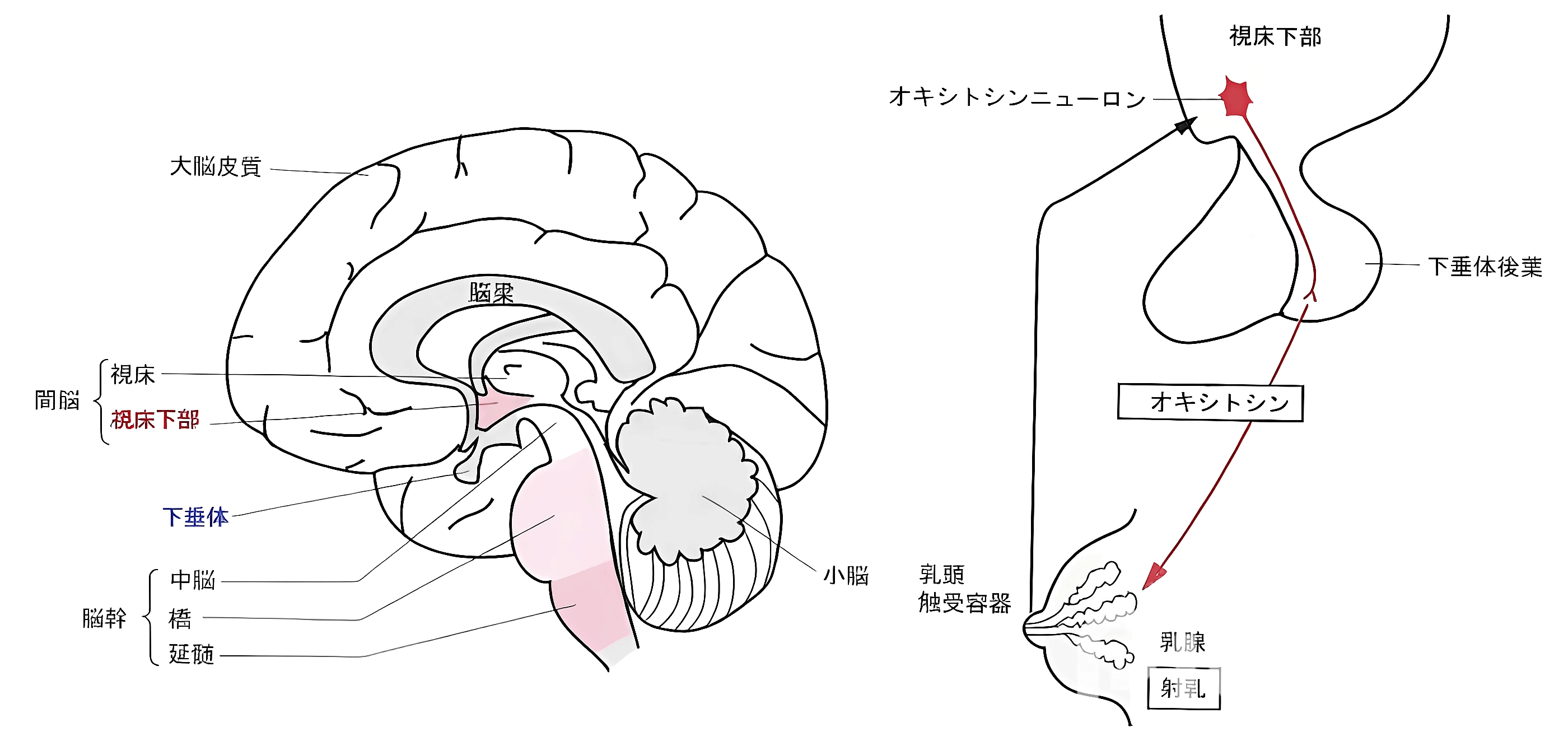Pediatric Massage
What is Pediatric Massage at Medical Japan?

What is Pediatric Anma?
Pediatric Anma is a Japanese adaptation of the traditional Chinese “Pediatric Tui Na” technique. It has been practiced since the Edo period in Japan. Back then, there were dedicated Pediatric Anma clinics, and families used it both as a treatment and a preventive method for keeping children healthy—even when the child wasn’t sick. Though it was once a common home practice, it declined in popularity after World War II, as modern parenting trends promoted less physical contact like “don’t hold or touch the baby too much,” emphasizing efficiency over affection.Difference Between Baby Massage and Pediatric Anma
Baby Massage

- Can be performed by anyone.
- Uses massage oils and involves direct skin contact.

Pediatric Anma
- Performed by a nationally licensed Anma-massage-shiatsu therapist.
- Does not use oils; hands glide gently over clothes or skin.
- Follows energy pathways (“Keiraku”) to balance the body and prevent illness.
The Origins of Baby Massage
In the 1970s, French psychiatrist and obstetrician Dr. Frédérick Leboyer introduced Indian baby massage to the West. It was later widely researched and developed as a formal method. One of the pioneers was British physical therapist Peter Walker, known as the father of baby massage. He emphasized its benefits in deepening the parent-child bond, promoting awareness of a baby’s condition, and encouraging emotional stability. He also created a developmental program focusing on three key outcomes: deep breathing, flexible joints, and strong muscles.


By achieving all three elements, children can enhance concentration, and more effectively acquire cognitive and motor skills.
Purpose and Benefits of Baby Massage


*1. EQ = Emotional Intelligence Quotient
Massage also promotes physical benefits such as better sleep and appetite, thanks to improved circulation and relaxation.
Stimulating the skin enhances lymphatic flow, boosts immunity, and activates digestive organs—helping with constipation and diarrhea.
It also contributes to neural development, improving complex movements and motor coordination.
Precautions When Performing Baby Massage
- Recommended once daily for 15–20 minutes.
- If the baby is fussy or upset, shorten the session to about 5 minutes or skip altogether.
- Provide hydration (milk, formula, warm water) after massage, as it may increase perspiration.
- Every baby responds differently—observe and adjust to your child’s reactions.

What is Oxytocin, the ‘Love Hormone’?
Oxytocin is a hormone produced in the hypothalamus and released from the posterior pituitary gland. It helps stabilize emotions and fosters feelings of trust and happiness. It’s also present in breast milk and plays a key role in parent-child bonding.
Ways to Stimulate Oxytocin Release
- Physical touch (including with animals or pets)
- Feeling emotionally moved
- Expressing curiosity
- Stimulating neurotransmitters such as beta-endorphins, dopamine, and serotonin—these help sustain oxytocin’s effects
- Eating foods rich in amino acids (precursors for hormone and neurotransmitter production)
Examples of Our Interventions at Medical Japan
Rhythmic massage using vibration techniques
Parasympathetic therapy using stroking techniques to improve circulation and sensory input in the legs